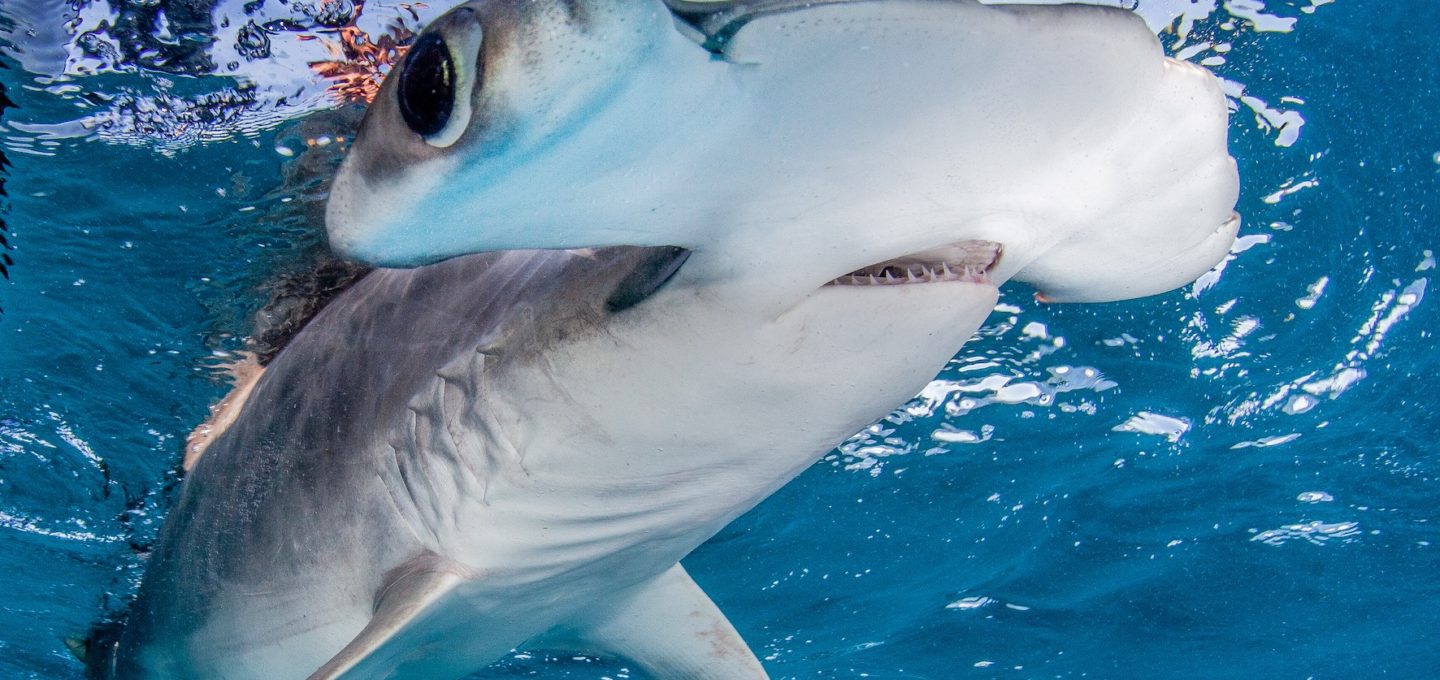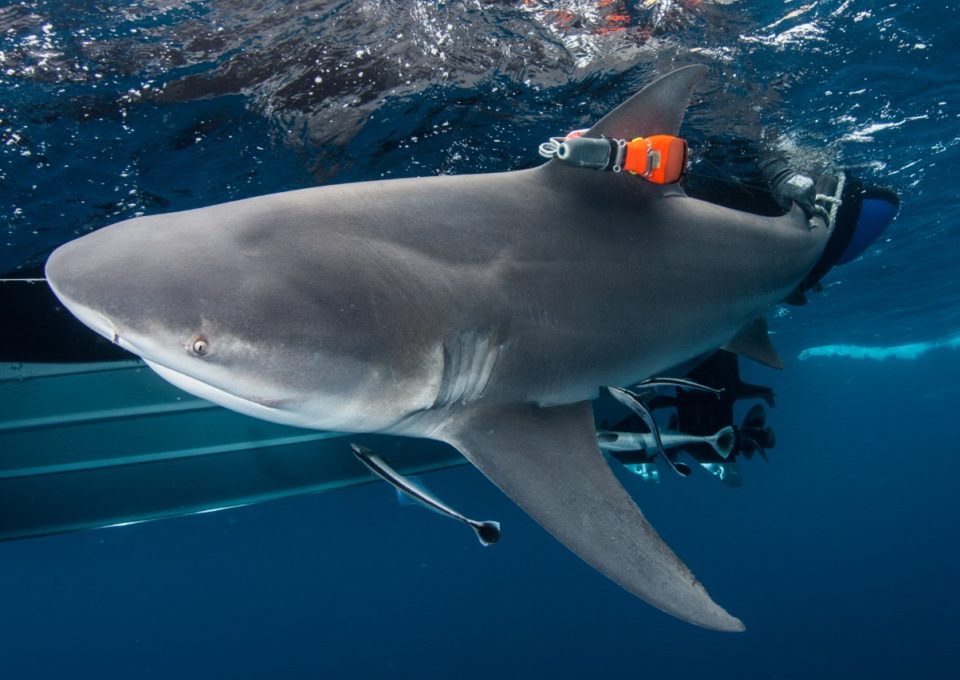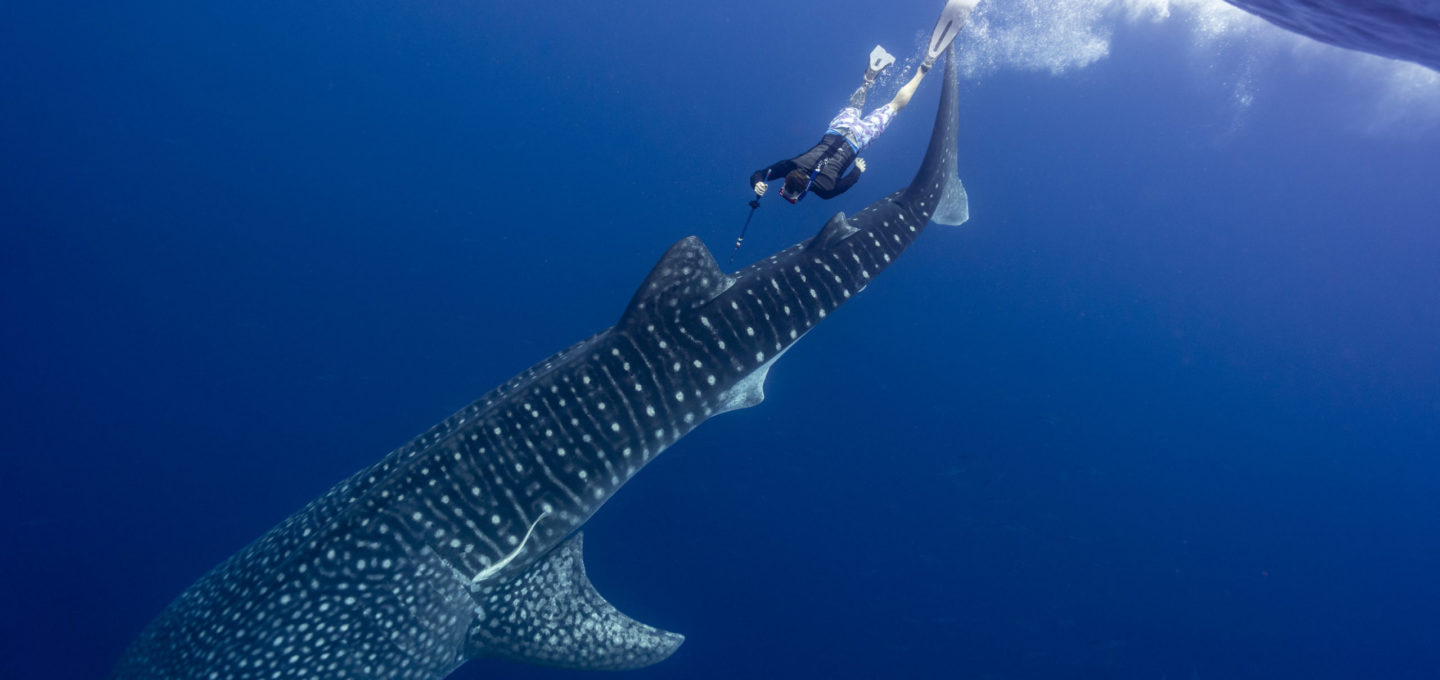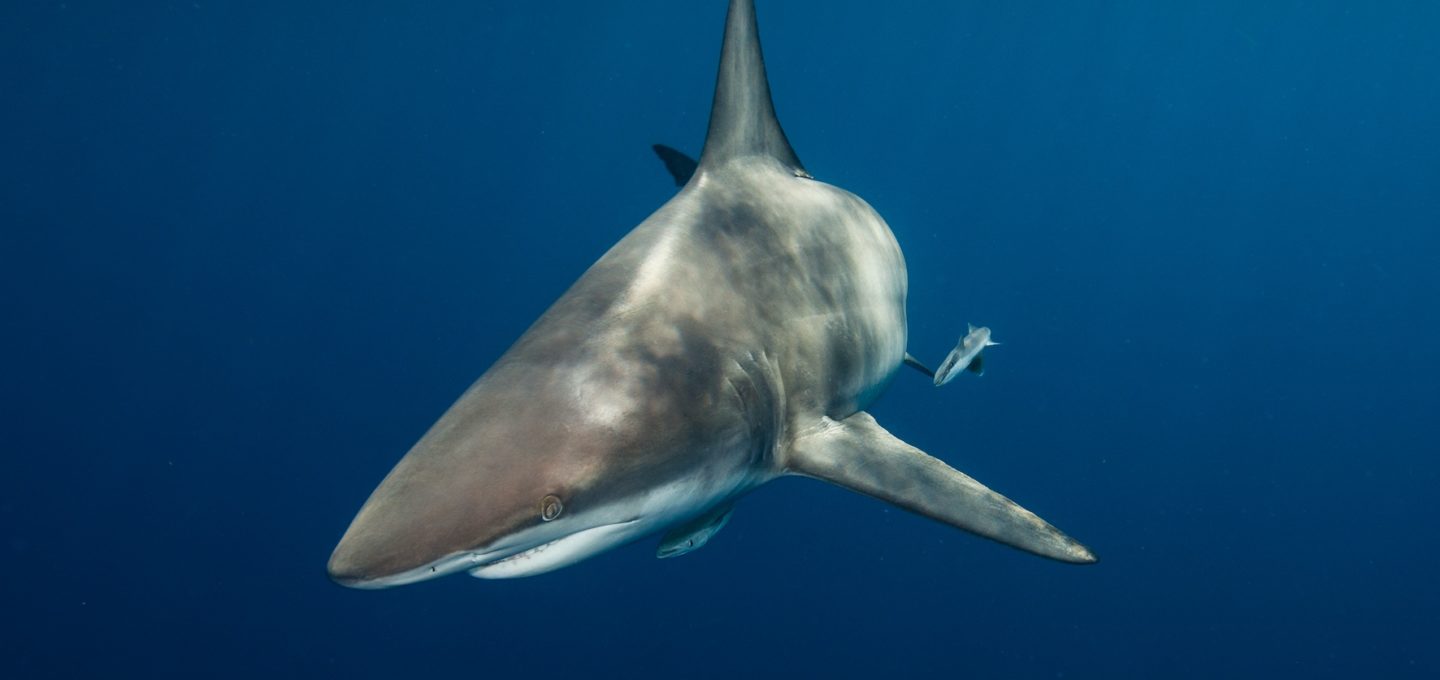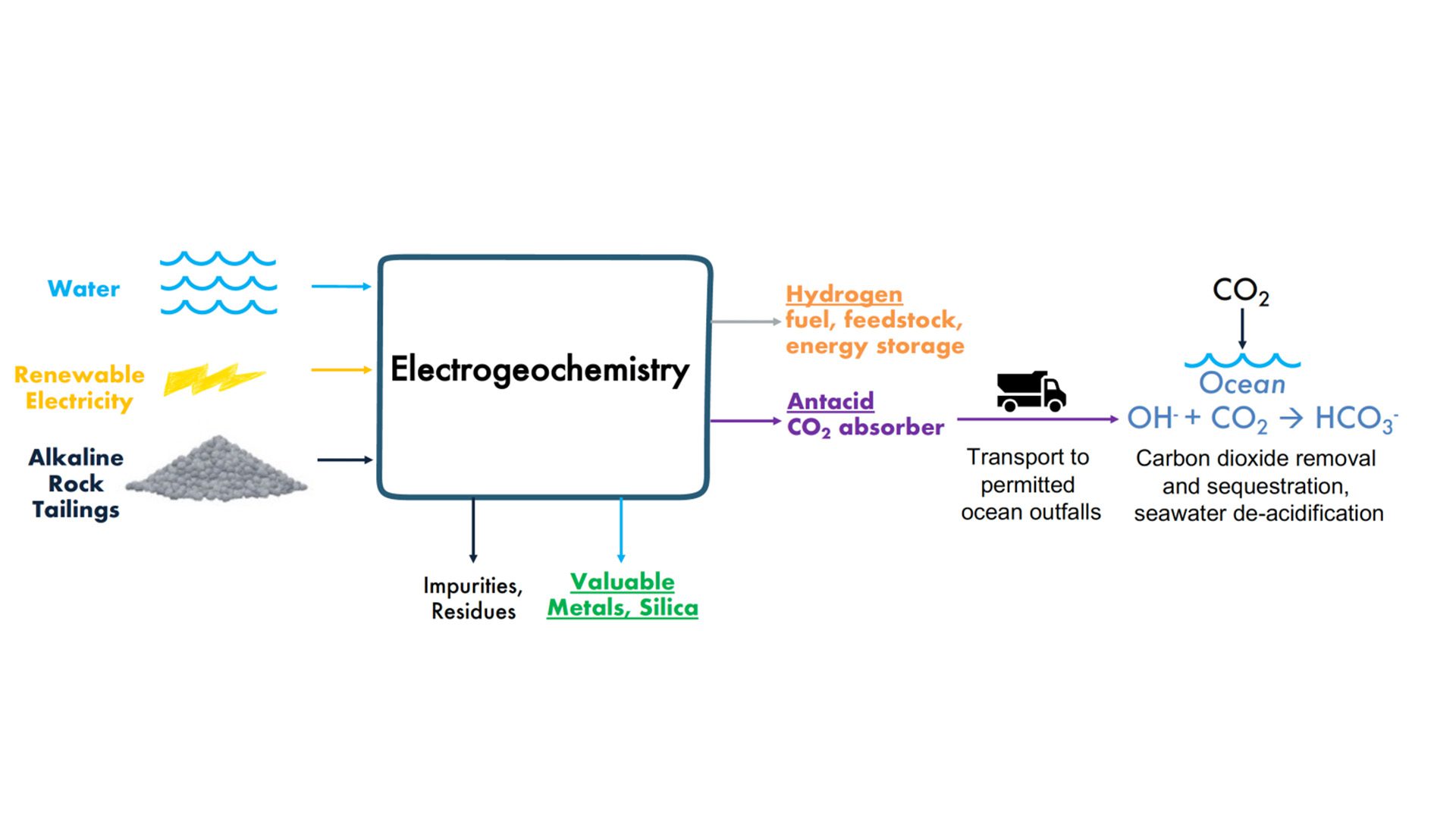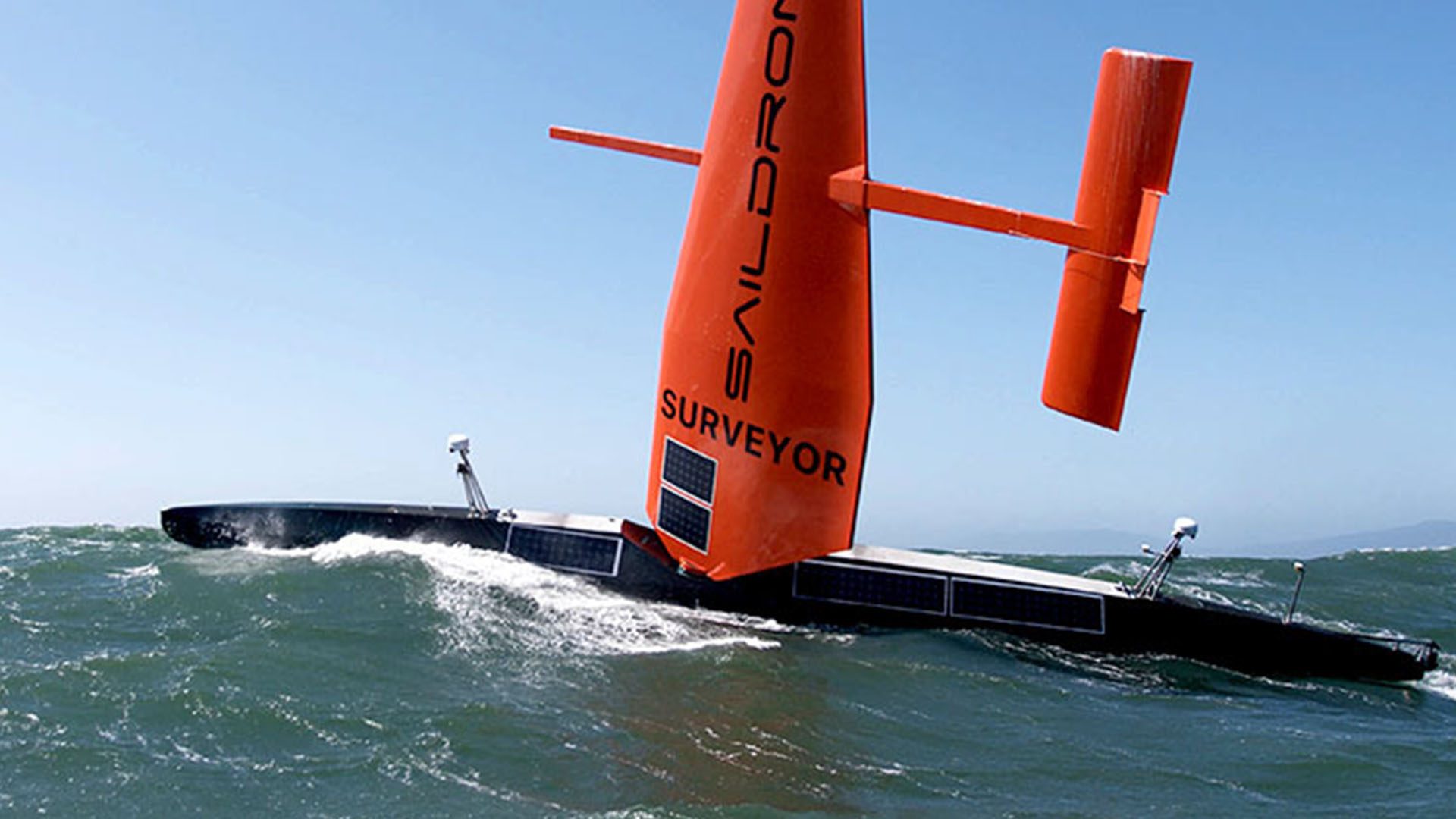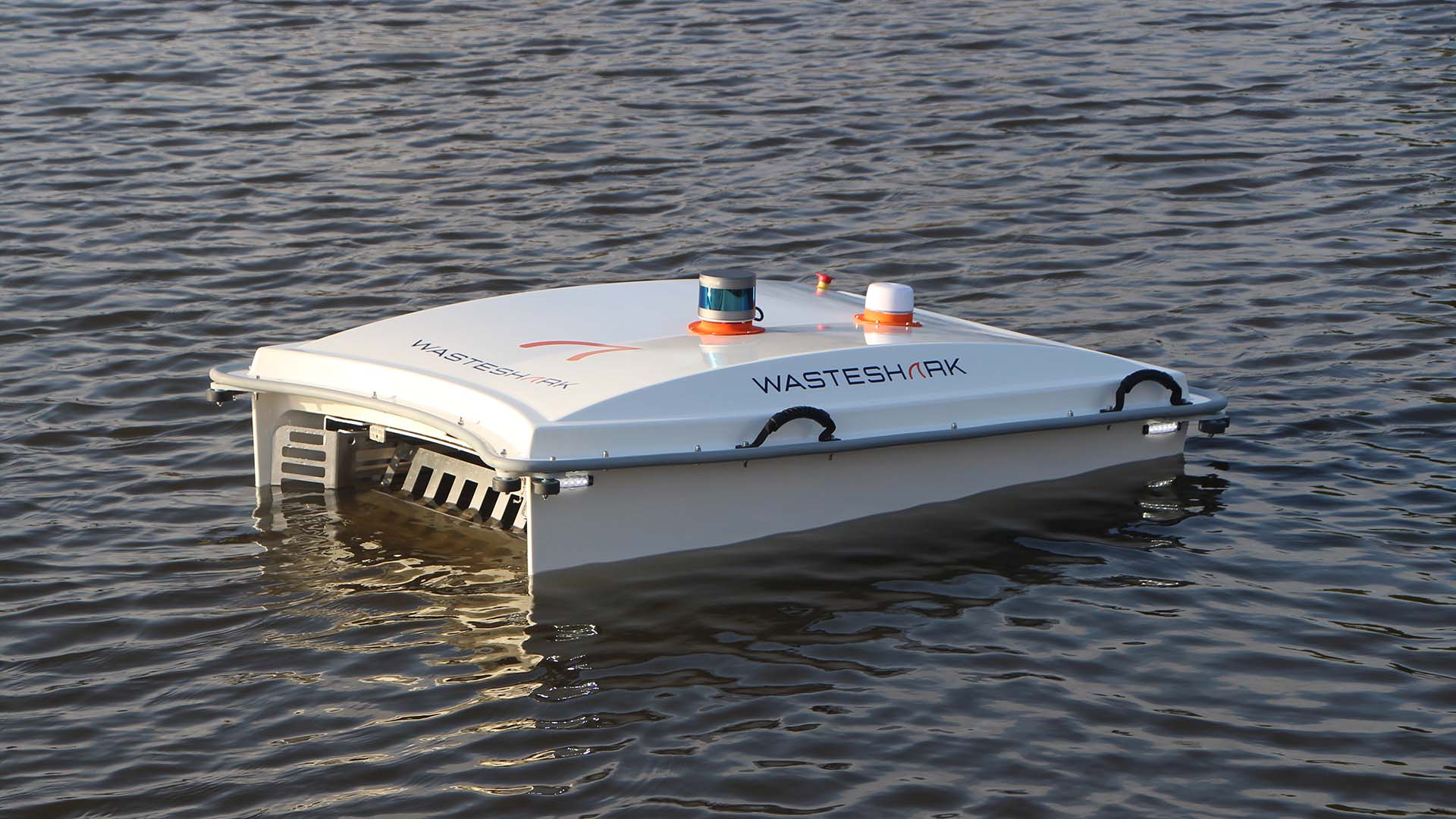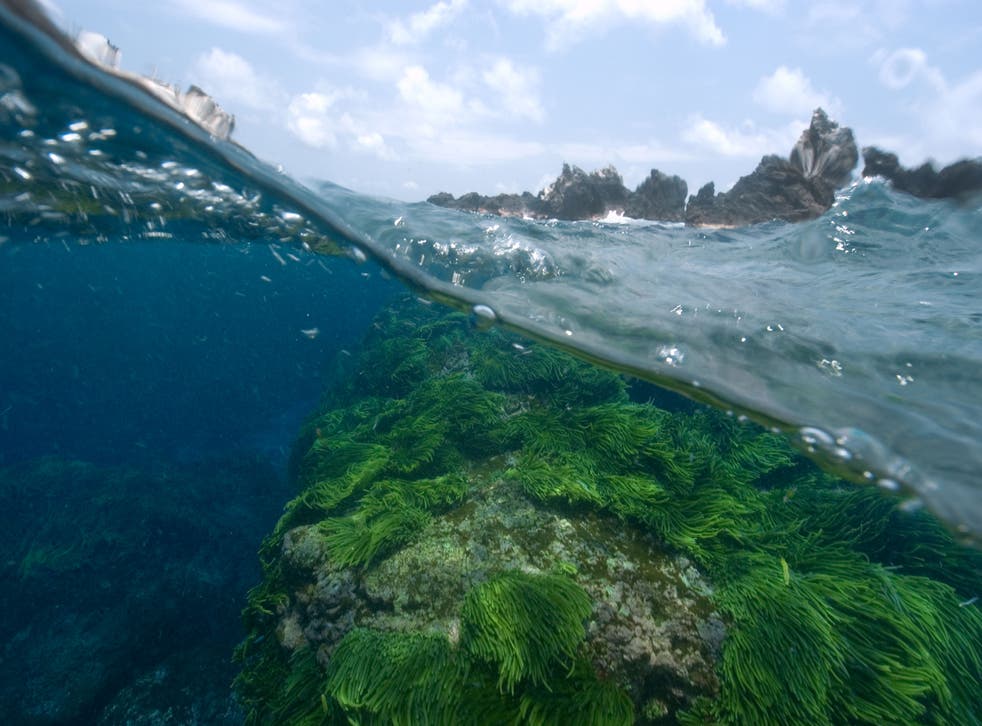Why water quality matters
What is the first thing that comes to mind when you hear the words Water Quality? We bet you think of your drinking water and whether or not it’s actually safe to drink. You might even think of a water filtration system that cleans your drinking water.
But water quality refers to more than just your drinking water.
Take rivers, for example. Testing the water quality in rivers allows us to know the biological factors that could be impacting aquatic life and ecosystems.
Why we must monitor our waters
Things like algae and phytoplankton have a huge influence on rivers since they can affect groundwater. Monitoring the rivers can help researchers predict, learn and determine the human impacts on these sensitive ecosystems. Measuring the water quality in these bodies of water can also determine if restoration projects need to be undertaken or simply to determine if the water quality meets environmental standards.
Algae and plankton
Algae are plant-like organisms found in rivers, lakes, ponds and oceans. And even in snow. They come in a variety of structures, from simple plankton to large seaweeds. Single-cell phytoplankton float on the water but can, at times, grow in colonies large enough to be seen. While they have plant-like abilities, they are not actually plants.
Phytoplankton falls into two classes, namely algae and cyanobacteria. Most freshwater phytoplankton is made up of green algae and cyanobacteria, (which is also known as blue-green algae), and is actually a type of bacteria. Cyanobacteria are literally the only bacteria that contain chlorophyll. (The bluish tint that you see in blue-green algae actually comes from their pigments called phycoerythrin and phycocyanin).
Read our blog: Reducing Harmful Green-Algae Blooms Is Crucial to Protecting Aquatic Life
Seaweeds
Macroalgae (seaweeds), on the other hand, generally attach themselves to the ocean floor (except seaweeds like Sargassum that actually float on the surface of the water and do not attach to the floor bed).
Read our blog: Why we must tackle our Sargassum issue
When phytoplankton and macroalgae growth gets out of control, they can pose dangers to aquatic life. Monitoring these levels is therefore crucial to maintaining balance in the ecosystems where they live.
Dissolved oxygen
Another water quality test that is generally undertaken is dissolved oxygen levels. Dissolved oxygen basically refers to the amount of dissolved oxygen in the water that is available to aquatic life. Testing these levels is important because of its influence on the organisms living within that body of water. When these levels are too high or too low aquatic life can become affected, as can the water quality.
All forms of aquatic life depend on dissolved oxygen, including plants, fish, invertebrates and bacteria. Aquatic life that lives on the ocean floor or in deeper waters need less dissolved oxygen, while those living in shallow waters need more. It might surprise you to learn that organisms responsible for decomposing organic matter at the bottom of the ocean, such as bacteria and fungi, also use dissolved oxygen to help them do their work.
In a stable body of water with no stratification (a system or formation of layers), dissolved oxygen will remain at 100% air saturation. However, the deeper you go, the less dissolved oxygen you will find. This is primarily due to the fact that these deeper waters have not been in contact with air. The actual amount of dissolved oxygen will vary depending on things like water temperature, salinity and pressure.
But how exactly does low dissolved oxygen levels affect aquatic life?
Let’s take a closer look at salmon and trout which are cold-water fish. These fish will generally avoid waters where the dissolved oxygen levels are too low because low levels will cause them to die within a matter of days.
Furthermore, low levels of dissolved oxygen will not only delay the hatching of their eggs but will also impair their growth and lower their rate of survival. Carp, on the other hand, are slightly hardier and can survive and thrive in waters with lower dissolved oxygen levels. It goes without saying then that if dissolved oxygen levels in rivers and oceans drop too low, the fish in those regions will begin to die off.
Equally, if dissolved oxygen levels are too high, this also creates problems as supersaturated water can cause gas bubble disease in fish and invertebrates. Gas bubble disease in fish is the equivalent to “the bends” in scuba divers. Fish can easily die from gas bubble disease, and since they might not show symptoms, it makes it difficult for researchers to diagnose them.
Dead Zones
A dead zone is an area of water where there is little to no dissolved oxygen. This usually occurs when there are too many nutrients like phosphorous and nitrogen in the water, causing blue-green algae overgrowth. Needless to say, aquatic life cannot survive in these zones which are usually found near heavy human populations. And humans are usually the cause of dead zones due to agricultural and industrial activities.
In developed countries, manure and fertilizers are the main culprits, while in developing countries untreated wastewater from sewage and industry are the culprits. Since these facilities are less regulated than in developed countries, wastewater is often dumped into rivers, lakes, creeks or the ocean.
According to National Geographic, scientists have identified 415 dead zones worldwide.
Water Quality testing has therefore become crucially important if we are to ensure that both our aquatic life and humans survive.
One such company that offers a combined solution to both water quality testing and clearing of pollution from bodies of water is RanMarine Technology.
Their WasteShark and DataShark collect data that is geotagged and timestamped to give an accurate picture of the water quality health within an ecosystem, thus allowing one to accurately monitor the quality of the water to help verify compliance with pollution regulations, identify potential contaminants early to minimize the impact on the environment and, basically, to make the water safe for everyone to enjoy.
It’s thanks to advances in water quality testing like these that we are able to enjoy clean drinking water and being able to swim safely in rivers and lakes

